This is a key weekend for lovers of Indian classical music or the merely sonically adventurous – the Darbar Festival in the Southbank has some of the most extraordinary practioners of the art from both the Carnatic (South Indian) and Hindustani (North Indian) traditions.The most fascinating aspect may be the presence of some really ancient styles notably Dhrupad.
One of the most extraordinary musical experiences I have ever had was seeing the Dagar Brothers in the early Eighties. A group of bohemians calling themselves the Guild of Transcultural Studies had turned the abandoned Cambodian Embassy into the most elegant squat in London and put on some fascinating musical events including the Jajouka musicians from Morocco and the Dagars, a Dhrupad group from India. Dhrupad is the most ancient form of Indian classical music – it is referenced in the 15th century but many musicologists say its roots go back to the time of the Vedas a couple of thousand years before that.
Dhrupad went into a decline in the 18th century when the new classical genre Khyal emerged, which was faster-moving, and allowed greater opportunity for improvisation and technical virtuosity. Dhrupad’s main instrument is the rudra veena but the new instruments that were developed, like the sarod and the sitar, at the time were less suited to Dhrupad’s slow tempos and Dhrupad was only continued by a few families, notably the Dagars and it remains a musical endangered species.
They lived in some terrible places, including godforsaken red light areas. But they kept Druphad in their minds
Dhrupad is a specific vocal style. A veena can be any stringed instrument (and can apply to guitars, for example) - the rudra veena means “The Veena beloved by Rudra”,one of the names of the Hindu God Shiva. For some Indian classical music aficionados Khyal, the style most of us associate with Indian classical music, is frankly a bit flashy and lacks the profundity of Dhrupad.
Certainly that concert at the Cambodian Embassy was slow-moving – the introductory alap which seemed to be moving around one note with only microtonal changes lasted about an hour and percussion (never tablas with Dhrupad – often pakhawaj or mridangam) only came in after that. But I’ve never quite seen musicians so transfix an audience.
Once the music did start moving in the second half, I had the distinct feeling that the music was moving up and down what the Indians term the chakras of my body.This wasn’t just me, from observing the audience and talking to many of them later, this seemed to happen to everyone. The transformative effect of this healing music stayed with me and others for days afterwards.
I got a chance, in March of this year, to talk to one of the surviving members of the Dagar family – Baha’uddin Dagar, who is appearing at the reliably first-rate Darbar Festival this weekend. He lives outside Mumbai, where his father and uncle came after Independence. “The princely states were abolished in 1947." he explained "My uncle and father who had been court musicians in Udaipur in Rajasthan had to leave, and they finally settled in Bombay, without any instruments, or money.”
There followed 25 years of struggle – the two of them worked in garages, sold bread and for seven or eight years were homeless. “They lived in some terrible places, including godforsaken red light areas. But they kept Druphad in their minds.” They also kept singing Dhrupad every day. After seven or eight years of this, they got hold of sitars and began playing on Bollywood soundtracks, which gave them enough money in 1982 to set up a Gurukul, a place in Panvel, outside Mumbai where students could sit with their guru undergoing the rigorous training of Dhrupad. As soon as they were able to afford to give up playing for Bollywood films, they did. His father, popularly known as Z.M.Dagar, also developed the rudra veena, enlarging the tumbas (gourds) and dhandhi, the hollow neck (often called a “Dagar Veena” ) which gave the instrument greater resonance and allowed the notes to sustain longer and imitate the techniques used in Dhrupad singing.
I asked him about his name. “Baha'uddin was the father of Jalallulin Rumi, the Sufi mystic and writer. I prefer his writing to his son’s, which are too romantic for me.” He explains that in his family the parents don’t name the children, but they are taken to a Sufi to be named, who intuits their character and gives an appropriate name. When I ask whether he goes to the mosque, he says not, that he went to school in a Christian convent and prefers Hindu temples. “I believe in God, but think that religion is for people who don’t know what to do with their lives. If you do, you need it less.”
 There are, thinks Baha’uddin, maybe eight or ten really profound Dhrupad practioners out of 400 or so who claim to be Dhrupad musicians. To be a rudra veena player or a Drupad singer you also need an immense amount of time to learn. A student of Bahu’udin’s from Germany was with him when we met – she had already spent 12 years studying Dhrupad vocals – in another four she might be in a position to perform live “When the meal is properly cooked” as Baha’uddin put it. Plenty of students never perform “but they make good listeners."
There are, thinks Baha’uddin, maybe eight or ten really profound Dhrupad practioners out of 400 or so who claim to be Dhrupad musicians. To be a rudra veena player or a Drupad singer you also need an immense amount of time to learn. A student of Bahu’udin’s from Germany was with him when we met – she had already spent 12 years studying Dhrupad vocals – in another four she might be in a position to perform live “When the meal is properly cooked” as Baha’uddin put it. Plenty of students never perform “but they make good listeners."
Baha’uddin did try some fusion music, with Louis Banks, the renowned Indian jazz pianist, but it’s an experiment he doesn’t think he will repeat: “the problem with fusion music in the world today is that eventually all music will end up the same.”
I learned more about the different kinds of veena from Jayanthi Kumaresh (pictured above right) the next day, the foremost exponent of the Saraswati Veena (named after the Goddess of Music), the South Indian variant of the instrument . She gave a lecture at the Indian Institute of Technology on the outskirts of Chennai. The grounds of the Institute were remarkable with deer and monkeys running around freely. Jayanthi is also one of the stars of the Darbar Festival – she began playing a mini-veena at the age of three, into a musical family that stretch back for seven generations (she is married to a noted violinist). “It is actually quite an easy instrument to play, but extraordinarily difficult to play well.”
Shah Jahan, the Moghul Emperor, once saw a Dhrupad singer transform into Saraswati before his very eyes
Jayanthi comments that “tradition includes the word addition” and she has adapted to modern technology – using pick-up mikes, teaching her students on Skype, and recording her remarkable Mysterious Duality album with her playing seven parts overdubbed on top of one another to create a personal veena orchestra. From a family of mainly violinists, she sees the human-like qualities of her instrument – with neck, body and 24 frets “like the vertebrae”. She’s a wonderful singer and says the voice is also a veena. Like Baha’uddin she is aware that since the demise of a musically literate aristocracy who patronised the arts it’s been difficult for Dhrupad musicians.
A boost for the genre has come from exposure in Europe and America – the pioneers of exporting Dhrupad being the “senior” Dagar Brothers ( Moinuddin and Aminuddin Dagar the elder brothers of Zahiruddin and Faiyazuddin who I saw in London, see link below) who astonished reviewers in 1964 – the reviewer in Le Monde wrote “We will remain under the deep impression of an art of such greatness and intensity that we feel touched and moved to the deepest of our being.”
As to the specific effect the Dagar Brothers had on that audience when I saw them, Baha’uddin says that such a magical effect does happen occasionally – depending on the performers and the audience, and that Shah Jahan, the Moghul Emperor, once saw a Dhrupad singer transform into Saraswati before his very eyes. Other Dhrupad singers like the French born artist Shivala say that Dhrupad, by using overtones, microtones and “natural scales”, as opposed to the fixed “unnatural intervals” of Western music enables the music to have “ a strong harmonising effect on mind, body and emotions and to give great joy and blissfulness.” For Baha’uddin, though, the important thing is “to ask for nothing and have a clean heart.”

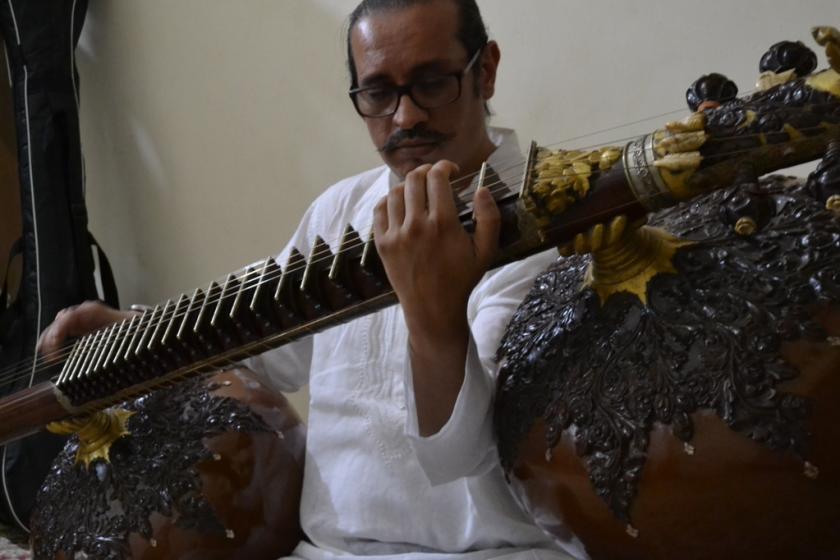

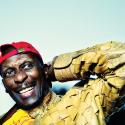
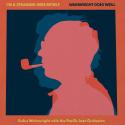
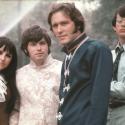
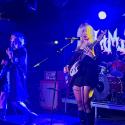
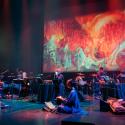
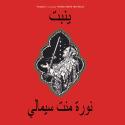
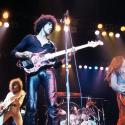
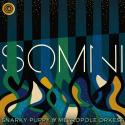
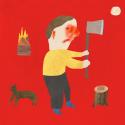
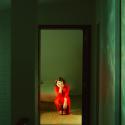
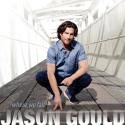
Add comment